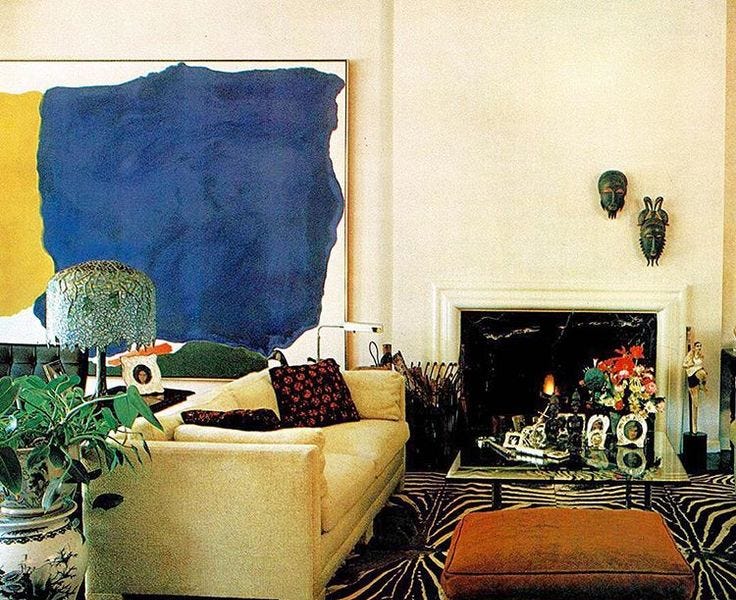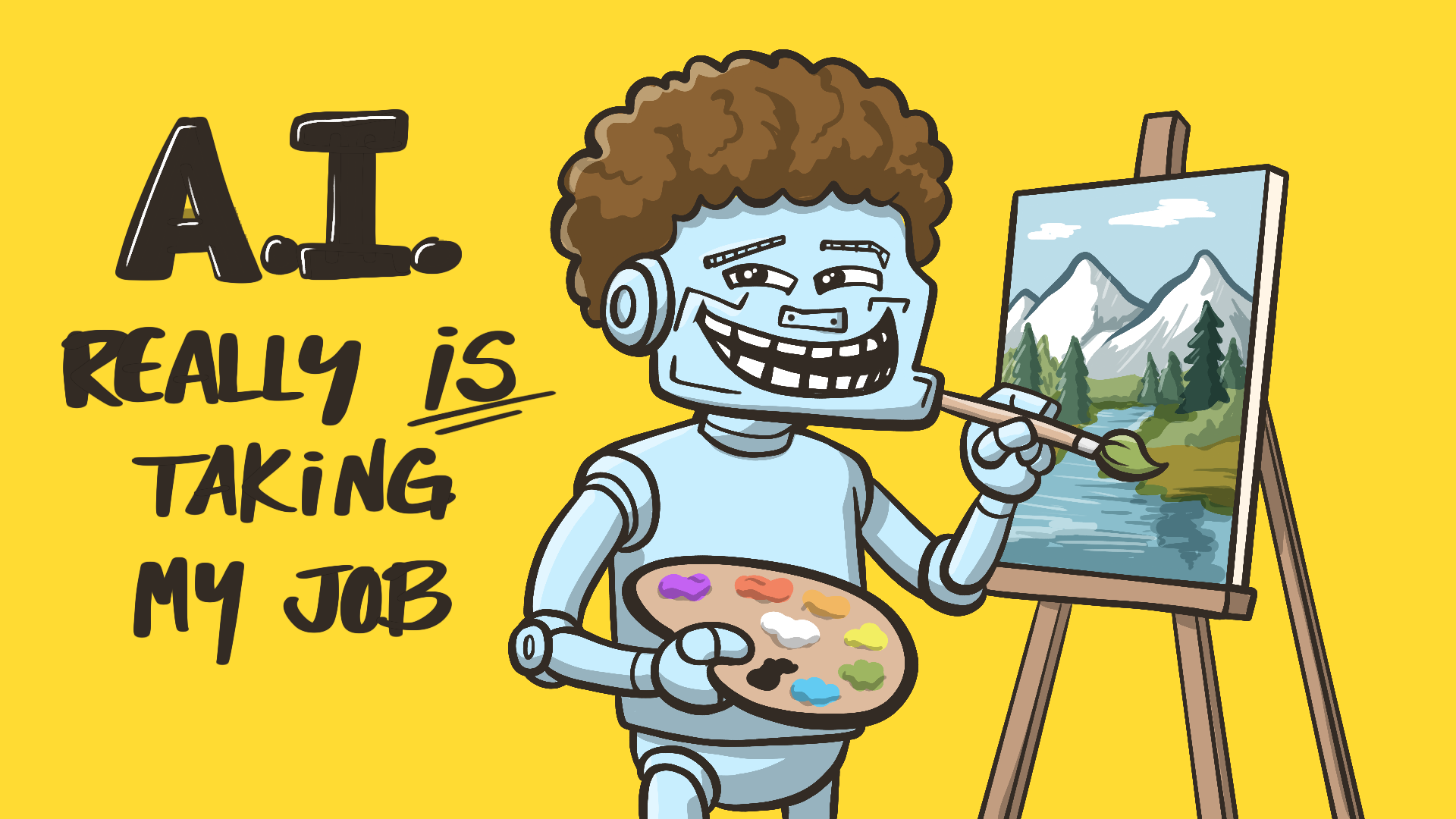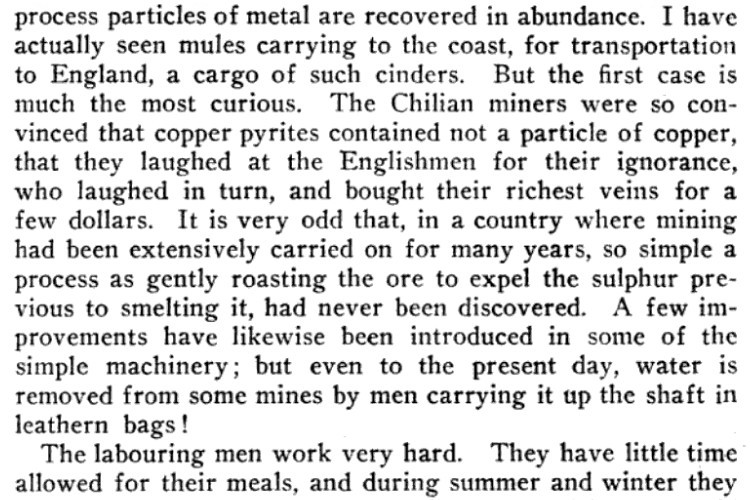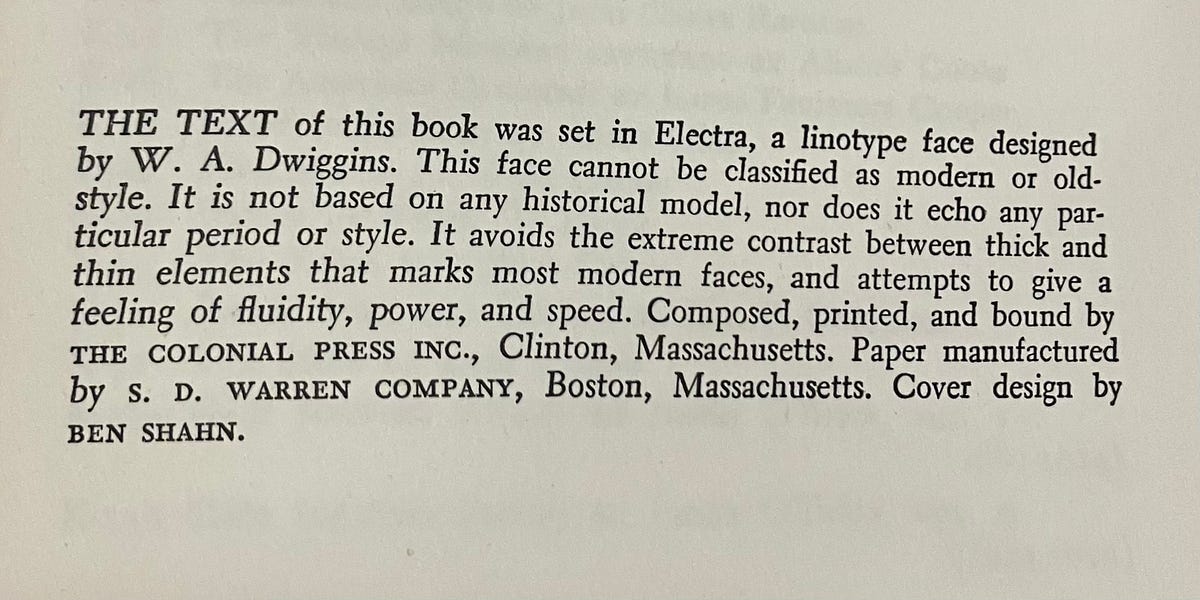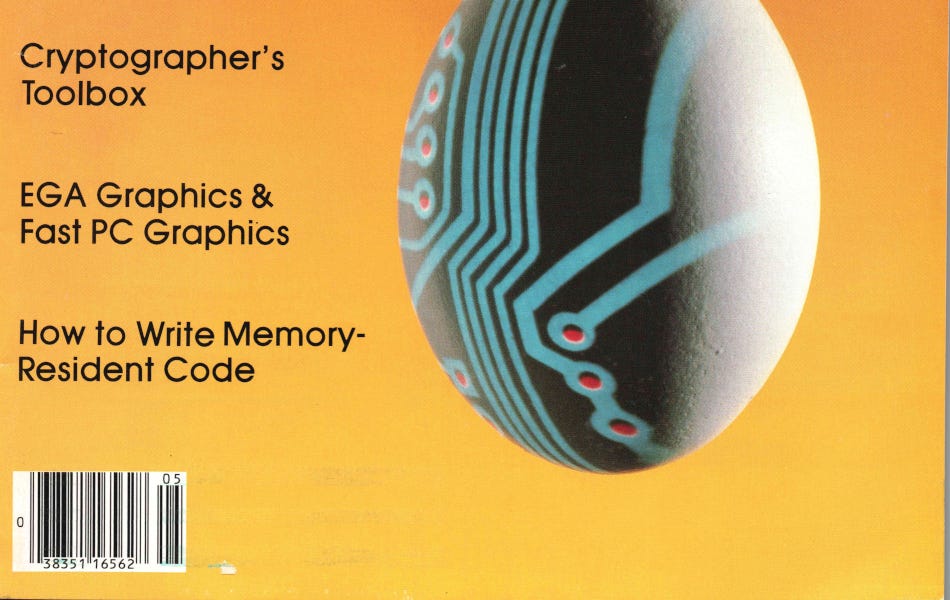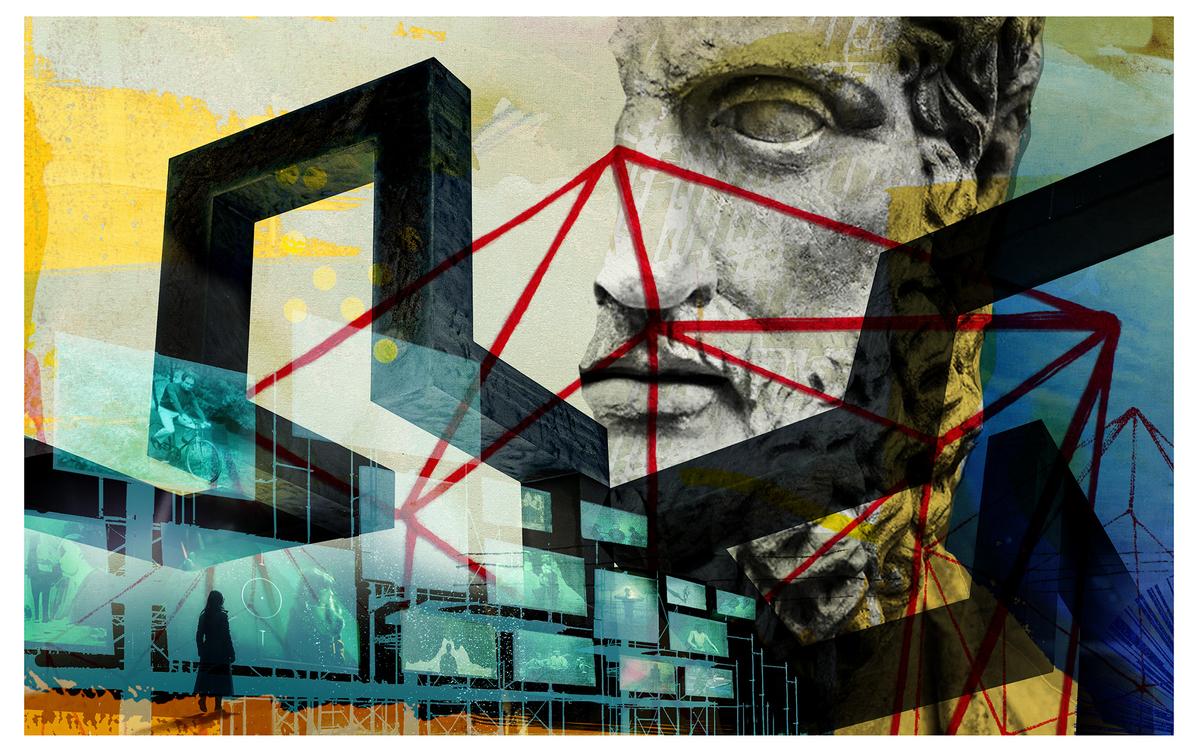SVG Favicons: Dark Mode Elegance

This article explores creating website favicons that support dark mode using SVG. While SVGs don't always win on file size compared to PNGs, they offer easy dark mode switching via inline CSS and media queries, avoiding complex image editing. The article details two approaches: manually editing SVG code to add CSS styles, and using online tools like RealFaviconGenerator for quick generation. Ultimately, the author highlights SVG favicons' unique advantage in solving dark mode display issues and looks towards future applications.
